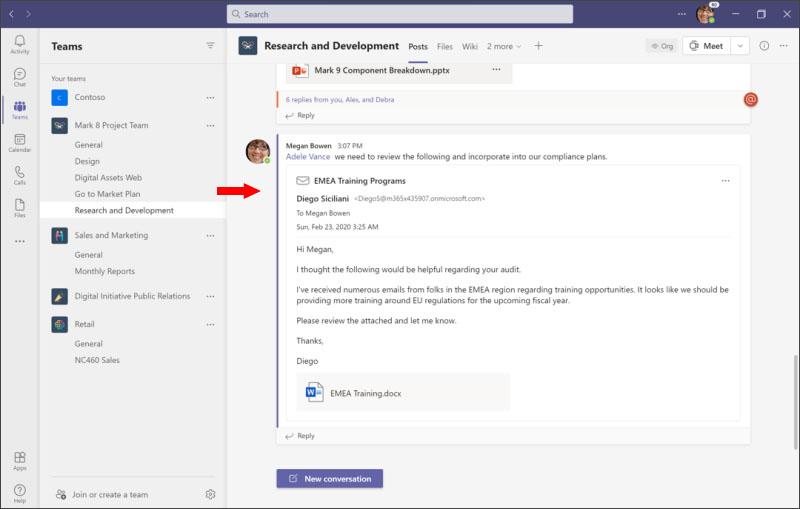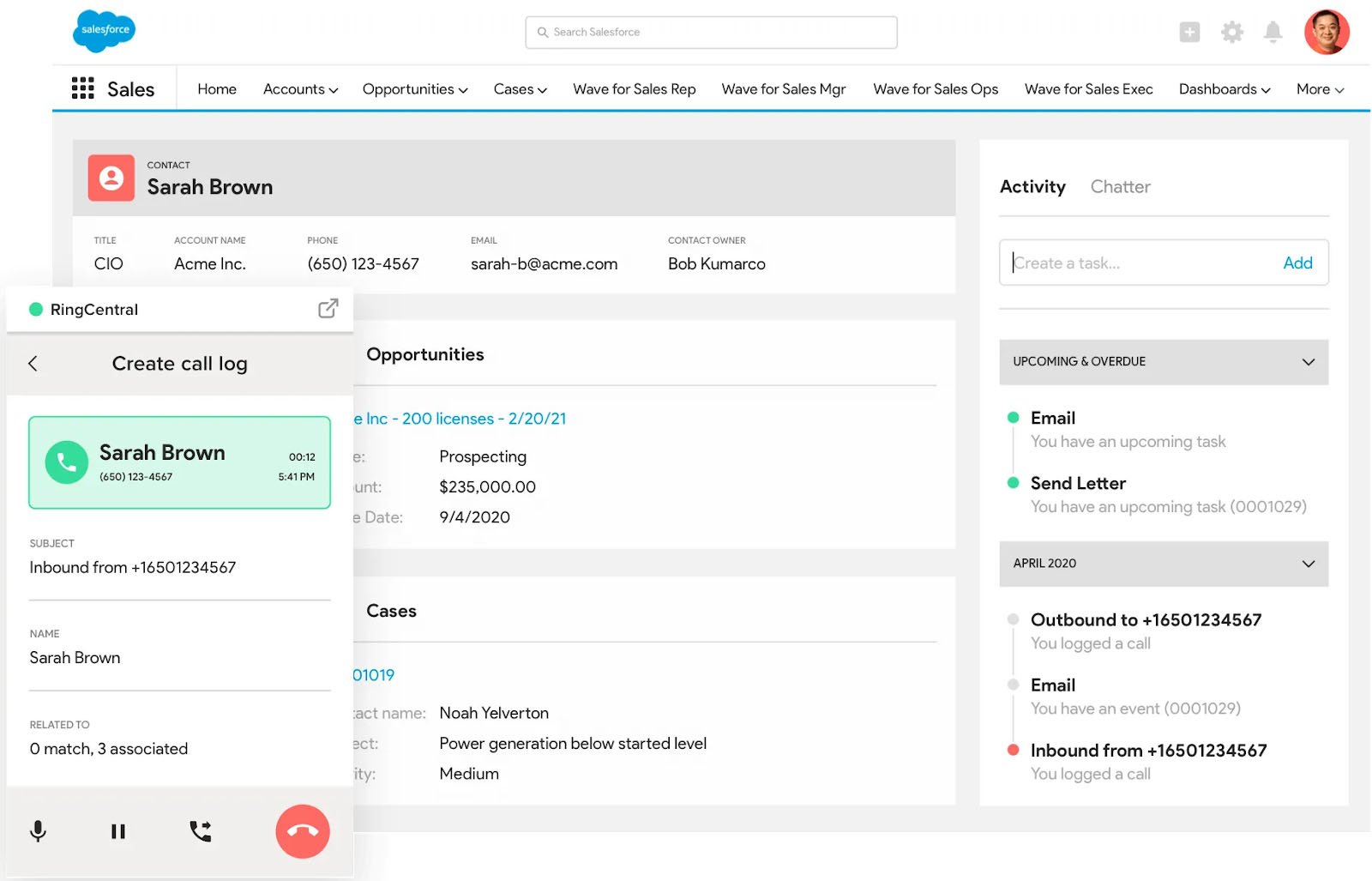The rise of remote and hybrid work has put a spotlight on the quality of collaboration across different teams. Team collaboration statistics show that instant messaging and video conferencing have become mainstream tools in business communications. While these platforms allowed users to remotely share ideas and build rapport with one another, teams have encountered challenges all the same, from data silos to tech fatigue.
Keep reading as we take a closer look at these team collaboration statistics, along with some research on how artificial intelligence (AI) contributes to overall productivity.
How Teams Collaborate
In the era of location-agnostic work arrangements, team members operate through cloud-based collaboration solutions such as chat, teleconferencing, and project management apps. While remote work is the prevailing trend, companies recognize the value of in-person interactions. The following team collaboration statistics offer a snapshot of how modern teams navigate hybrid work setups:
1. More than half of polled respondents prefer instant messaging over email
(Source: Spiceworks Ziff Davis)
Fifty-one percent of surveyed individuals want to communicate with internal stakeholders via chat apps, like Slack and Microsoft Teams, rather than email. These messaging solutions facilitate faster, more interactive communications, allowing users to discuss ideas and shared documents in real time. Moreover, team members can easily revisit conversation threads and relevant documents thanks to chat apps’ advanced search functionalities.

Microsoft supports sharing Outlook emails on Teams. (Source: Microsoft)
In our Microsoft Teams review, we noted the robust messaging capabilities the provider offers, which makes it among the top chat apps in the market. If you’re using Microsoft Outlook as your email platform, there’s an option to turn an email into a chat message on Teams. Click the “Share to Teams” option from the three-dotted icon that appears next to the Reply and Forward buttons. Start using Teams by subscribing for only $4 per user, per month.
2. Workers spend almost 11 hours a week drafting emails
(Source: Slack)
Employees write an average of 112 emails weekly and spend over 5.5 minutes on each, which amounts to a total of almost 11 hours a week. More interestingly, workers believe that the sent emails are fully read and understood only 36% of the time.
Fifty-seven percent revealed that they don’t read an email if it has eight or more sentences. As a result, 45% of the respondents claimed to have missed something important, such as a deadline or a meeting. This further highlights the trend of moving away from emails to instant messaging platforms.
3. 83% of employees spend 12 hours or less in meetings weekly
(Source: Dialpad)
About 46% of survey respondents spend under four hours a week in video conferencing sessions, while 37% consume four to 12 hours. Thirty-eight percent of the respondents meet one to two times weekly, while 13% see teammates virtually three to five times. About 12% said they have five meetings a week.
Monday is the most popular day for holding conferencing sessions, more likely to kick off the new week or be done with team discussions sooner than later. Not surprisingly, Friday had the least number of meetings.
4. 65% of poll respondents: instant messaging & video conferencing features in one platform are important
(Source: Rocket.chat)
Employees aged 25 to 34 represent the highest number of team members (91%) who want a centralized communication platform. Next are those aged 18 to 24 at 85.3%. These survey results underscore the importance of choosing unified communications platforms to facilitate an easier, more holistic collaboration among employees.
Work with team members more effectively using one of our top picks for team communication apps. Microsoft Teams is the best platform overall for its rich feature set.
5. Microsoft, Google & Zoom are the most-used collaboration tools
(Source: International Data Corporation)
Microsoft had the biggest market share in the collaboration app market in 2022, accounting for 29.7% of the industry share. Next is Google with 13.5% and then Zoom with 11.2%.
These platforms continue to grow, with Microsoft announcing in October 2023 that Teams increased to 320 million monthly active users from 300 million in April. Google Workspace had 3 billion users as of October 2021. Zoom statistics show that its Enterprise users grew by 9%, from 198,000 to 215,900 users.
6. Those who excel at work strike a balance between individual & collaborative work
(Source: Fortune)
Top-performing employees spend 45% of their time focused on individual work, 45% of their time collaborating with teammates, and 10% of their time learning and socializing. This suggests that a balance between individual and collaborative work is vital for optimal performance.
7. The most popular team get-together is lunches or dinners
(Source: TravelPerk)
One of the notable team collaboration statistics shows that 69% of participants said that team lunches or dinners were the most common face-to-face event. Fifty-nine percent shared that seasonal events, like Christmas or summer parties, were popular.
Fifty percent claimed to have planned for team building activities and 46% on after-work socials. Nearly 80% said they use email to organize and manage attendance for the team events. Fifty-eight percent plan with Outlook Calendar and 43% with Microsoft Excel.
Causes & Impact of Poor Collaboration
Poor collaboration leads to missed deadlines, reduced employee performance, and low morale. Various factors contribute to poor collaboration, including not having the proper software solutions and leadership failures. The collaboration statistics below will give you a better idea of the causes and impact of poor collaboration.
8. 70% of employees think that poor collaboration negatively affects productivity
(Source: Alludo)
Sixty-four percent of survey participants asserted that they waste a minimum of three hours per week when team members don’t communicate and work together well. Meanwhile, 20% said they waste as many as six hours weekly from poor collaboration. On the flip side, 70% of workers believe that better collaboration would boost productivity and work efficiency.
9. More than half of respondents say they don’t have the right collaboration tools
(Source: Microsoft)
About 59% of employees shared that their existing collaboration tools don’t accommodate their preferred workflows. Moreover, 64% claimed that their existing software solutions don’t integrate with day-to-day processes, making cross-team collaboration difficult.
At least seven in 10 survey participants identified the following critical team collaboration challenges that need to be addressed: “inaccurate data, inability to access and share decentralized data, and teams working from different sets of data.”

RingCentral seamlessly integrates with Salesforce. (Source: RingCentral)
RingCentral is one of the best collaboration platforms not only for its rich unified communications tools, but also for its robust third-party integrations. As noted in our RingCentral review, it connects with over 300 apps, allowing users to have all the information they need in one platform. It integrates with popular customer relationship management (CRM) solutions like HubSpot, Salesforce, and Zendesk. The monthly subscription starts at $30 per user.
10. 46% of workers claim that they have too many unnecessary meetings
(Sources: Otter.ai and Harvard Business Review)
Fifty-three percent claimed that they feel the need to be present in meetings even though they are not important to the agenda. When they attend “unnecessary” meetings, they admit they multitask 70% of the time. In a separate Harvard Business Review survey, researchers found that productivity was 71% higher when meetings were reduced by 40%. Moreover, communication was 57% clearer and more effective.
11. Four in 5 poll participants claim that teams throughout their companies are siloed
(Source: Airtable)
These data silos result from the “widespread software adoption at the team level,” with different departments using various communication solutions across the organization. The information in these platforms isn’t shared automatically between teams, making it difficult for team members to comprehensively understand the work required.
Sixty-eight percent of the participants from companies with 500-plus employees claimed that their work was negatively affected by the lack of visibility into cross-functional projects.
Prevent data silos and promote transparency in your company culture. Refer to our best tips for using unified communications and collaboration tools efficiently.
12. One in 2 hybrid & remote employees assert that their manager doesn’t follow management best practices
(Source: FlexOS)
These best practices include choosing the proper tools, organizing frequent check-ins, and establishing balanced communication to provide clear instructions and connect with team members. When asked to evaluate managers on how effective they are at handling hybrid or remote teams, most workers gave a 7 out of 10 rating.
The Future of Team Collaboration
The current workplace collaboration statistics show that business communication is expected to adopt emerging technologies, like artificial intelligence (AI) and wearable technologies. Similarly, office design will cater to the multi-generational workforce. Here are some of the top statistics about teamwork in the years ahead:
13. 82% of surveyed respondents believe that AI will boost productivity
(Sources: Conference Board and Fishbowl)
Aside from productivity, the tool will assist in improving learning and development, according to the surveyed marketers and communicators. Half of the participants think that AI will likewise contribute to future product and service innovations.
Currently, the adoption is going strong, with about 27% of professionals already using generative AI for work-related tasks. Unsurprisingly, the digital natives Gen Z represented the largest number of adopters, with 29% using AI.

Dialpad AI offers accurate answers to customer questions. (Source: Dialpad)
Unified communications platform Dialpad already uses AI in the area of customer service. It conducts a deep search of all knowledge bases to provide accurate information that answers customer queries. For its cutting-edge AI technology, the platform received a high score in our Dialpad review. Other AI tools include real-time call transcriptions and automated post-call summaries. If you’re interested in adopting this platform, its subscription starts at $23 per user, monthly.
14. Wearables will likely form part of collaboration tools moving forward
(Sources: MHI Deloitte and Society for Human Resource Management)
Adoption of wearable and mobile technology will increase in the next five years. From 26% in 2021, the usage will increase to 41%. These technologies facilitate work efficiency as team members are able to get answers to questions and create task-based checklists faster.
15. Offices will be designed to accommodate different generations
(Sources: Purdue Global, John Hopkins University, and Regus)
Baby Boomers represent 25% of the workforce today, Generation X at 33%, Millennials at 35%, and Gen Z at 5%. Baby Boomers have been returning to work after the Great Retirement, while Gen X has been busy preparing for succession planning. Millennials will likely make up 75% of the workforce by 2025. Gen Z will represent 30% of the labor force by 2030.
With multi-generational human resources, the office will take on a “flat-age” design, wherein all generations will be accommodated. It will have “diversity incubators,” spaces designed to help people navigate challenging areas of work.
Frequently Asked Questions (FAQs)
The success of team collaboration can be seen in various ways:
- Cross-functional collaboration: The degree and intentionality of different departments to work together
- Communication frequency: The number of times team members interact in person and online to share ideas and build rapport with one another
- Conflict resolution: The manner in which employees address disagreements to preserve a harmonious relationship
- Shared goals alignment: The level of the team’s collective understanding of project or business goals
In other words, when a team intentionally works together, communicates frequently, resolves conflict effectively, and aligns themselves to the company goals, you have a highly collaborative team.
Team collaboration is important because it ultimately leads to greater productivity and efficiency, with more work accomplished faster. Moreover, when you look at the teamwork statistics, collaboration essentially contributes to employee job satisfaction. When team members solve problems together, learn from each other, and take accountability for their actions, the workload becomes more manageable, reducing the likelihood of burnout.
Employee engagement refers to the level of worker’s commitment and enthusiasm for their job and the company they work for.
Bottom Line
A collaborative environment fuels high-performing teams, allowing all members to communicate freely and consistently. Regardless of the work arrangement, whether remote, hybrid, or exclusively in-person, teams are motivated to use different technologies to exchange ideas, finish projects, and reach goals. Stay updated with more statistics and facts about teamwork to see which trends are worth adopting to improve business communications.